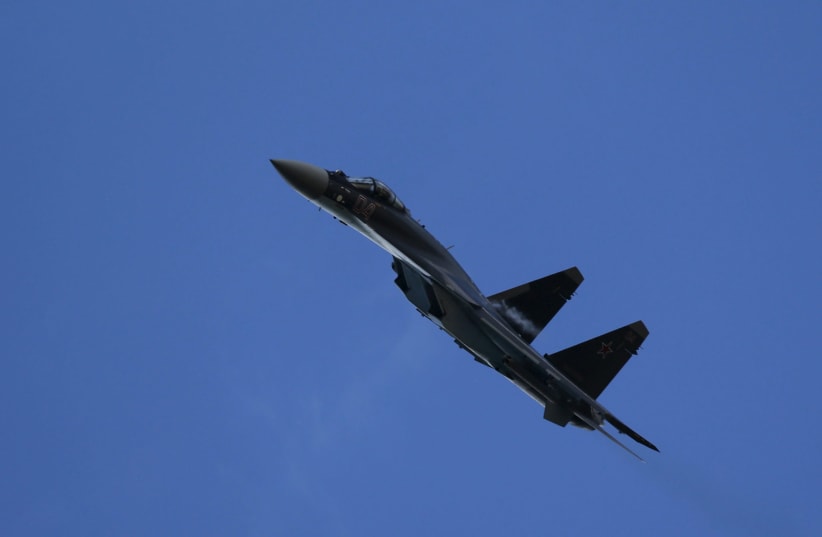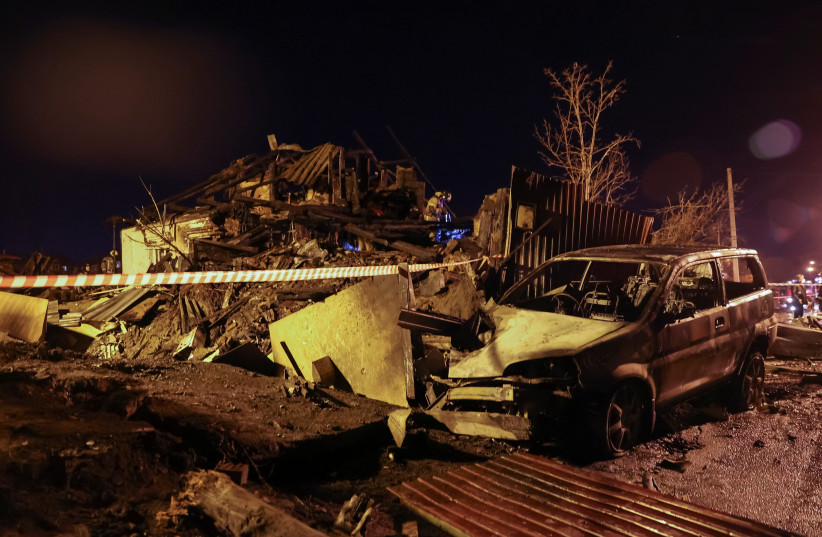At least six Russian military aircraft have crashed since September due to what appear to be internal malfunctions.
There could be any number of reasons that these malfunctions occurred in Russian Air Force fighter planes, but taking a look at the recent high-profile crashes and the Russian military's history of crashes could shed some light on the matter.
The fact that this is also happening amid the ongoing Ukraine-Russia War could provide further insight into the workings of the Russian air force.
The Russian aircraft crashes
Four of the Russian planes that crashed were fighter jets used in the ongoing invasion of Ukraine.
These include older MIG-31 and Su-25 aircraft, which could be expected to suffer from mechanical issues due to aging.
One noteworthy crash, however, was when a Su-34 fighter-bomber crashed into a Russian apartment building in Yeysk, exploding and killing 15 people. This was notable because the Su-34 is not an old fighter jet like the Su-25. Rather, it only officially entered into service with the Russian Air Force in 2014.
Other planes have crashed despite not even being used anywhere near Ukraine. One of these, a Su-30 warplane, crashed into a home in Irkutsk in Siberia.
But why is this happening?
Some analysts have tried to place the blame on the ongoing war in Ukraine, but that wouldn't explain planes crashing far from the front lines.
Regarding the crash of the Su-34 in Yeysk, Russia put the blame on a fuel spill. Others at the time indicated that ammunition the plane had been carrying may have gone off during the flight.
Other experts have weighed in on this particular incident, with most putting the blame on an engine malfunction that caused the fuel supply to ignite.
One such expert, Andres Gannon of the Council of Foreign Relations, told the BBC that of the two flashes of light seen in videos of the crash, the first would be the fuel supply igniting and the second was when the pilots ejected.
Another possible reason was put forward by RAND Corporation engineer Michael Bohnert who claimed that the Russian crashes weren't due to a shortage of third-party manufacturers caused by Russian President Vladimir Putin's mobilization push or by a lack of skilled maintenance workers.
Rather, the most likely option is that sweeping sanctions by the West have made getting tools and materials needed for maintenance and upkeep hard to come by.
There is precedence for this, too. Numerous reports both by the West and by Ukrainian intelligence have pointed to Western sanctions severely limiting Russia's manufacturing capability, cutting down their supply of tanks, missiles and other equipment.
Russia's long history of aircraft crashes
It is worth pointing out, though, that Russia has a long history of military aircraft crashes.
Back in the summer of 2015, the Russian aircraft suffered a string of notable aircraft crashes, five of them in June and July alone. Incidentally, this also happened during a military crisis with Ukraine.
At the time, one possible reason for this series of crashes was thought to be overuse.
As reported by Defense News at the time citing an anonymous Russian source, the specific reasons for these crashes were the lack of qualified pilots and, more importantly, the overuse of old aircraft.
The aging equipment isn't the only problem here, as this is something common among many militaries, but as Teal Group analyst Richard Aboulafia pointed out to Defense News, Russia has never had a particular strong suit when it came to upkeep.
But as other analysts pointed out, these Russian jets were used far more extensively than normal due to the conflict with Ukraine at the time.
According to Center for Strategic and International Studies senior associate Paul Schwartz, there is "clearly a linkage between the increased tempo of military operations undertaken over the last year and a half and the increased spate of accidents for military aircraft," Defense News reported at the time.
Simply put, Russia had used its military aircraft too much in a short period of time, and that seemingly contributed to the crashes.
The exact pace of Russia's current aircraft usage compared to 2015 is unclear, though, given the ongoing military conflict from its invasion of Ukraine, it is likely higher than normal.
This, too, could play a role in the ongoing series of Russian aircraft crashes.

